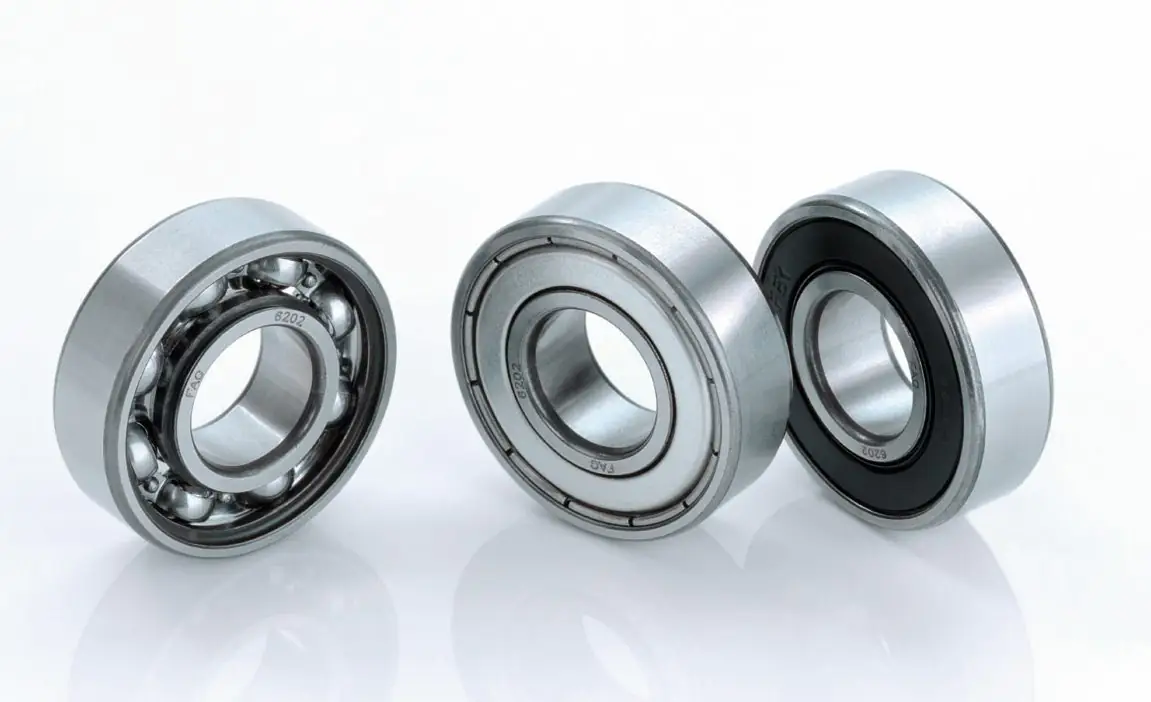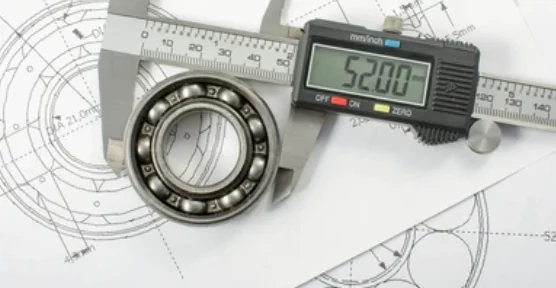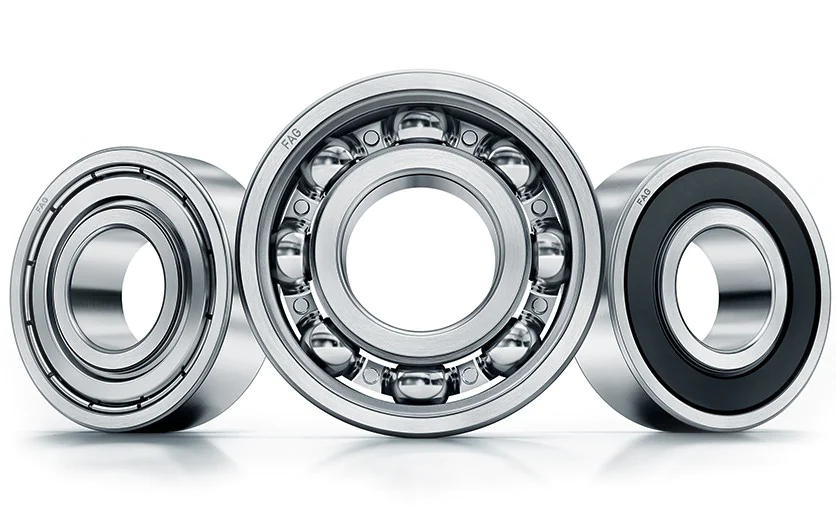
How Do Bearings Work?
Bearing Beginnings
Thousands of years ago man replaced sliding friction with rolling friction creating the basis for the modern-day ball bearing. Sometime later man then created a wheel connected to a cart frame and replaced loose rollers to move objects. Fast forward to 1883 when the production of cast steel balls began by Friederich Fischer, the son of a Schweinfurt instrument maker and the inventor of the pedal bicycle. Friedrich Fischer’s production of balls using his patented ball milling machine was so significant that the name for the ball in German being kugel was then merged with his name into the concept of “kugelfischer.”
One hundred years of industrial production of rolling bearings in the city of Schweinfurt led to to the company now known as FAG Kuglefischer Georg Schafer KgaA. Since 2001 the company is now part of the most well-respected and quality bearing manufacturing companies in the world – Schaeffler Group.
What does a bearing do? Bearing in its general meaning indicates support. In machinery, a bearing is a component that supports and controls the motion of a moving part.
How Bearings Work
Bearings work by carrying loads both dynamic and static. When a bearing is sized it must not fail and the design engineer must calculate the load and speed capabilities of the bearing.
Selecting Bearings
One method in classifying bearing types is to do so in accordance with the way the motion of the moving part is controlled. When specifying bearings you must consider fatigue, friction, wear and lubrication in order to choose the best version of the bearing that will give you an extended life cycle for your application.
Radial bearings which hold the axis of a revolving part or journal in a fixed position

Thrust bearings which resist any force tending to move a rotating member in the direction of its axis.

Ball and Roller bearings are generally defined as radial and thrust types. Radial bearing loads are defined as pure radial but can take some thrust loads whereas Thrust bearings are defined using pure thrust load ratings.

Load distribution
Different bearing types serve varying purposes and can be chosen using tables of information found in bearing catalogs determining envelope dimensions, load and speed ratings.
Refer to a catalog page showing dimensional bearing table.
In many applications, it is frequently the case that one of the main dimensions of rolling bearing is fixed by the overall design of the machine. Due to the strength specifications of the shaft, this is generally the bore diameter of the bearing. For small shaft diameters, suitable bearings are ball bearings especially deep groove ball bearings and needle roller bearings. Where large shaft diameters are used then cylindrical rollers, tapered, spherical, and toroidal roller bearings are generally specified.
In general, the highest speed achievable by rolling bearings is determined by the permissible operating temperature. This depends upon the frictional heat generated by the bearing, the heat from external sources and heat dissipated from the bearings. When conditions are in equilibrium the bearing temperature is constant. The highest speeds are achieved in single row ball bearings with particularly low friction. Under pure radial load, the choice is deep groove ball bearings. If the load is combined then Angular contact bearings could be used. Due to their designs, the permissible speeds for axial bearings are generally lower than those for radial bearings.
The wide use of the ball and roller bearings is a result of the fact that rolling friction is less than sliding friction. The basic characteristics which influence rolling friction are:
- (1) the elastic properties of the material;
- (2) the condition of the surfaces;
- (3) the shape and position of the surfaces;
- (4) the magnitude of the perpendicular forces;
- (5) the magnitude of the direction of the tangential force;
- (6) the rolling speed;
- (7) the temperature;
- (8) the condition of the lubricant and the atmosphere.
In ball and roller bearings, the elastic deformations which develop at and adjacent to the point of contact have a great influence on the degree and of axial and radial rigidity with which the shaft is supported. When a bearing is loaded it yields and the bearing rings are displaced in relation to each other to a certain minor degree.
Bearings work when they are designed properly and considerations for load and speed are considered.
When selecting a bearing, choose from top manufacturers such as SKF, INA, Schaeffler, TPI, NMB, NSK, Timken, NTN and Kaydon Bearing.
Contact PIB to help in sizing and selecting the best bearings for your application.









 Short Rigid Couplings
Short Rigid Couplings Controlflex Couplings
Controlflex Couplings Jaw Couplings
Jaw Couplings Oldham Couplings
Oldham Couplings Bearing Locknuts – TCN
Bearing Locknuts – TCN Double Wide Shaft Collars
Double Wide Shaft Collars Heavy Duty Shaft Collars
Heavy Duty Shaft Collars International Series Shaft Collars
International Series Shaft Collars Keyed Shaft Collars
Keyed Shaft Collars Mountable Shaft Collars
Mountable Shaft Collars Quick Clamping Shaft Collars
Quick Clamping Shaft Collars Set Screw Shaft Collars
Set Screw Shaft Collars Thin Line Shaft Collars
Thin Line Shaft Collars Threaded Shaft Collars – Pacific International Bearing Products
Threaded Shaft Collars – Pacific International Bearing Products Two-Piece Shaft Collars
Two-Piece Shaft Collars Friction Bearing Universal Joints
Friction Bearing Universal Joints Needle Bearing Universal Joints
Needle Bearing Universal Joints

